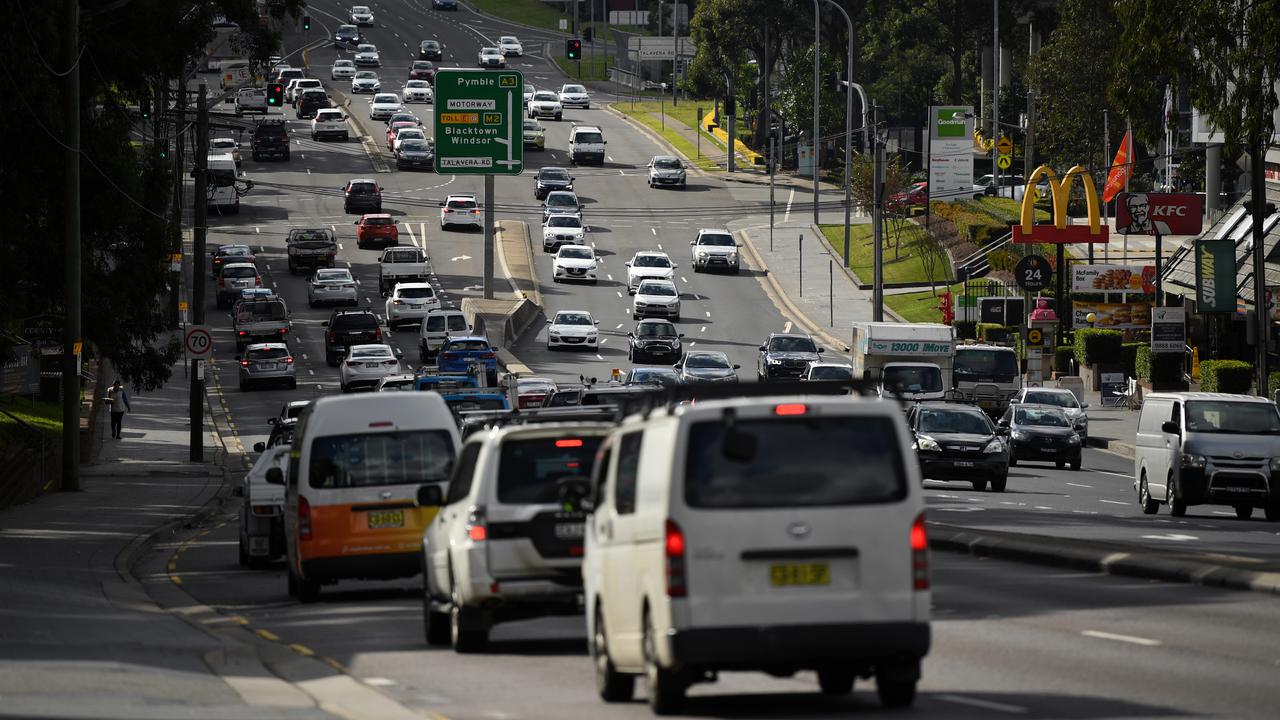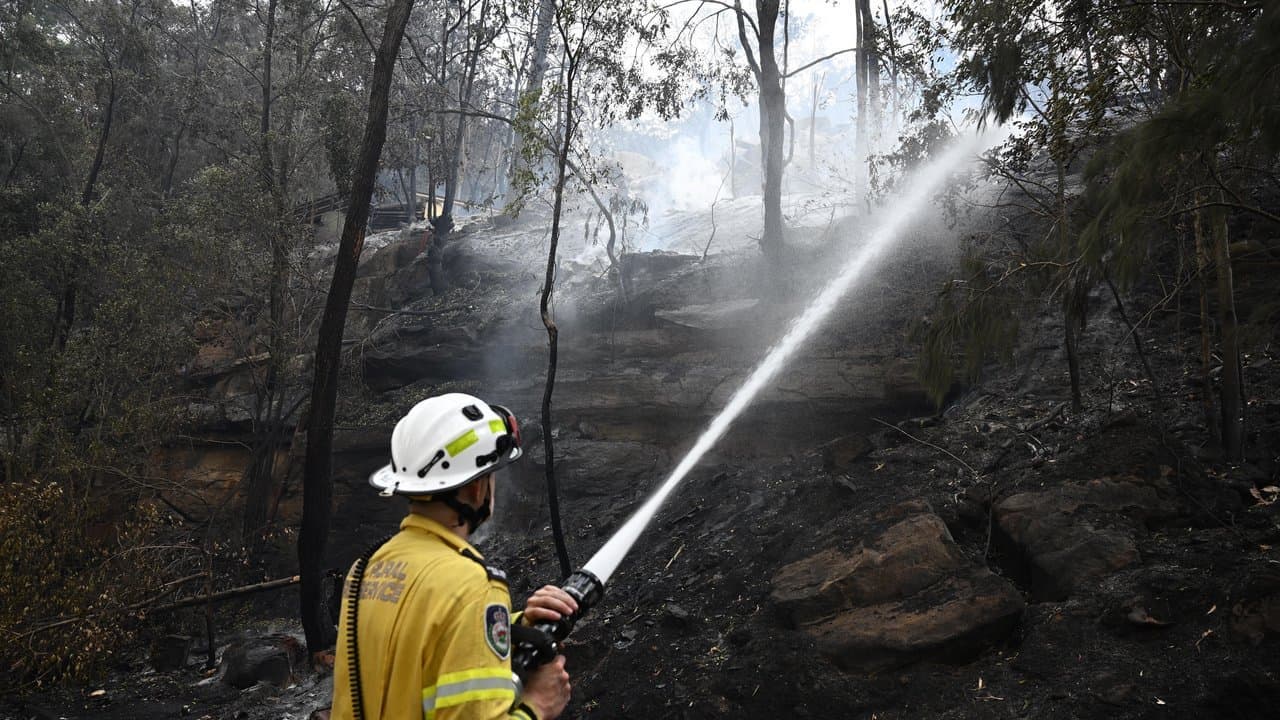AAP FactCheck Investigation: Does Australia have the least efficient light vehicle fleet in the developed world?
The Statement
"We are driving the least efficient fleet of cars and light trucks in the developed world."
Mark Butler, Labor MP and opposition spokesman for climate change and energy, December 15, 2020.
The Analysis
A Labor frontbencher has claimed Australia has the least efficient cars and light trucks in the developed world while calling out the government for inaction on cleaning up the nation's fleet.
Mark Butler, the opposition's climate change and energy spokesman, made the comments in response to the government's draft electric vehicles strategy, which was leaked to the ABC.
"We are driving the least efficient fleet of cars and light trucks in the developed world and there's nothing in this strategy to help clean up the fleet," he said.
AAP FactCheck examined Mr Butler's claim that Australia has the least efficient light vehicle fleet in the developed world.
When contacted about the statement, Mr Butler's office said it was based on a 2016 government report, Improving the Efficiency of New Light Vehicles, and referred to a paragraph in the executive summary on vehicle emissions.
The report said: "Australia's light vehicle fleet is less efficient than many other countries." (page 5)
It said the average new light vehicle sold in Australia in 2015 emitted 184 grams of carbon dioxide per kilometre (g/km), while passenger vehicles emitted 175g/km and light commercial vehicles emitted 229g/km.
This was around 46 per cent higher than the average passenger vehicle emissions and 36 per cent higher than light commercial vehicle emissions in the European Union (EU).
Australia's average new vehicle emissions were also marginally higher than those in the United States, based on 2014 figures, despite light vehicles in the US being "larger on average (with) fewer diesel options", the report said.
The analysis was based on figures from the European Environment Agency (EEA), published in 2016, and International Council on Clean Transport (ICCT), published in 2015.
However, the report Mr Butler cited did not include figures for all developed countries and did not have figures on fuel efficiency.
For the purpose of this article, AAP FactCheck looked at both efficiency and emissions data where possible.
A 2019 report by the International Energy Agency (IEA) compared average vehicle emissions in 50 countries. The findings have also been collated into an interactive graph.
The report showed that Australia's light vehicle emissions per kilometre and average fuel consumption were third-highest behind the US and Canada among United Nations-designated developed countries (page 87).
Several developing countries, such as the Philippines, Russia and Peru, also had less-efficient vehicles than Australia, although others, including China, Mexico and South Africa, had more efficient cars and light trucks.
The report noted that countries used different testing regimes, but the figures had been converted with equations developed by the ICCT for the purpose of comparison (Footnote 1, page 74).
A report on vehicle emissions released by Australia's National Transport Commission (NTC) in June 2020 also showed the country's light vehicle emissions were among the highest in the developed world.
A comparison between 12 countries and the EU showed average new car emissions in Australia were higher than in any other developed country. This was based on figures from the ICCT for 2017 or the most recent available years (page 26).
For light commercial vehicles (page 27), Australia's average emissions were again higher than those in Canada or the US, although they were below those in South Korea, which is classified as developing by the UN but ranks above many European countries on the Human Development Index.
Passenger vehicles were defined as "passenger motor vehicles and SUVs", while light commercial vehicles were defined as "light trucks" (page 7). The report notes that emissions intensity, used for the comparisons, was a measure of vehicle efficiency rather than actual emissions (page 6).
A report by independent consultancy Transport Energy/Emission Research (TER), released in 2019, also compared new passenger vehicle average emissions based on official data from Australia, the EU, the US and Japan from 2005 to 2017.
It found Australian vehicles had the highest emissions in all of the years (figure 1, page 4), noting that "the differences between Australia and the other jurisdictions have been increasing over time" in both emissions intensity and fuel consumption.
TER founder Robin Smit told AAP FactCheck that every region in the world had its own emissions testing regime, and official figures often underestimated vehicles' true, on-road emissions making it difficult to accurately compare countries.
"I personally find it hard to believe Canada or US are higher (for vehicle emissions) than Australia in real-world conditions, considering our fleet characteristics, fuel quality and lack of maintenance programs."
Griffith University taxation lecturer Anna Mortimore , an expert on vehicle emissions policy, said Australia's vehicle emissions would likely be higher than those in Canada or the US - at least in the future - as these countries had policies and targets to reduce emissions, whereas Australia did not.
Dr Mortimore pointed to the website Climate Action Tracker, which compares climate change policies between countries and was partly funded by the German Ministry for the Environment. It said that Australia was "one of the few G20 countries without mandatory emissions or fuel efficiency standards for cars".
Canada has a target that 10 per cent of new vehicles will be electric by 2025, rising to 100 per cent by 2040. The US has a target of improving the average fuel efficiency of new light duty vehicles by 1.5 per cent for each year to 2026.
"Without regulations, Australia's vehicle emissions improvements have basically stalled," Dr Mortimore said. "Last year, vehicle efficiency improved by just 0.2 per cent in 2019 (Table 10, page 29). This is an example of what happens without regulations or targets."

The Verdict
AAP FactCheck found the statement that Australia has the least efficient light vehicle fleet in the developed world to be somewhat true.
While some reports showed vehicles in Canada and the US had higher emissions and lower fuel efficiency on average than those in Australia, others identified Australian vehicles as having the highest emissions.
An expert said Australia's emissions were expected to be higher than other developed countries in the future due to a lack of targets or regulations.
Somewhat True – A part or parts of the claim are accurate but there is also a significant problem or inaccuracy.
* Editor's note: AAP FactCheck has expanded its ability to fact-check environmental issues with the support of the Australian Conservation Foundation. AAP FactCheck retains full editorial independence in this project and continues to apply the rigorous standards required for accredited members of the International Fact-Checking Network.












